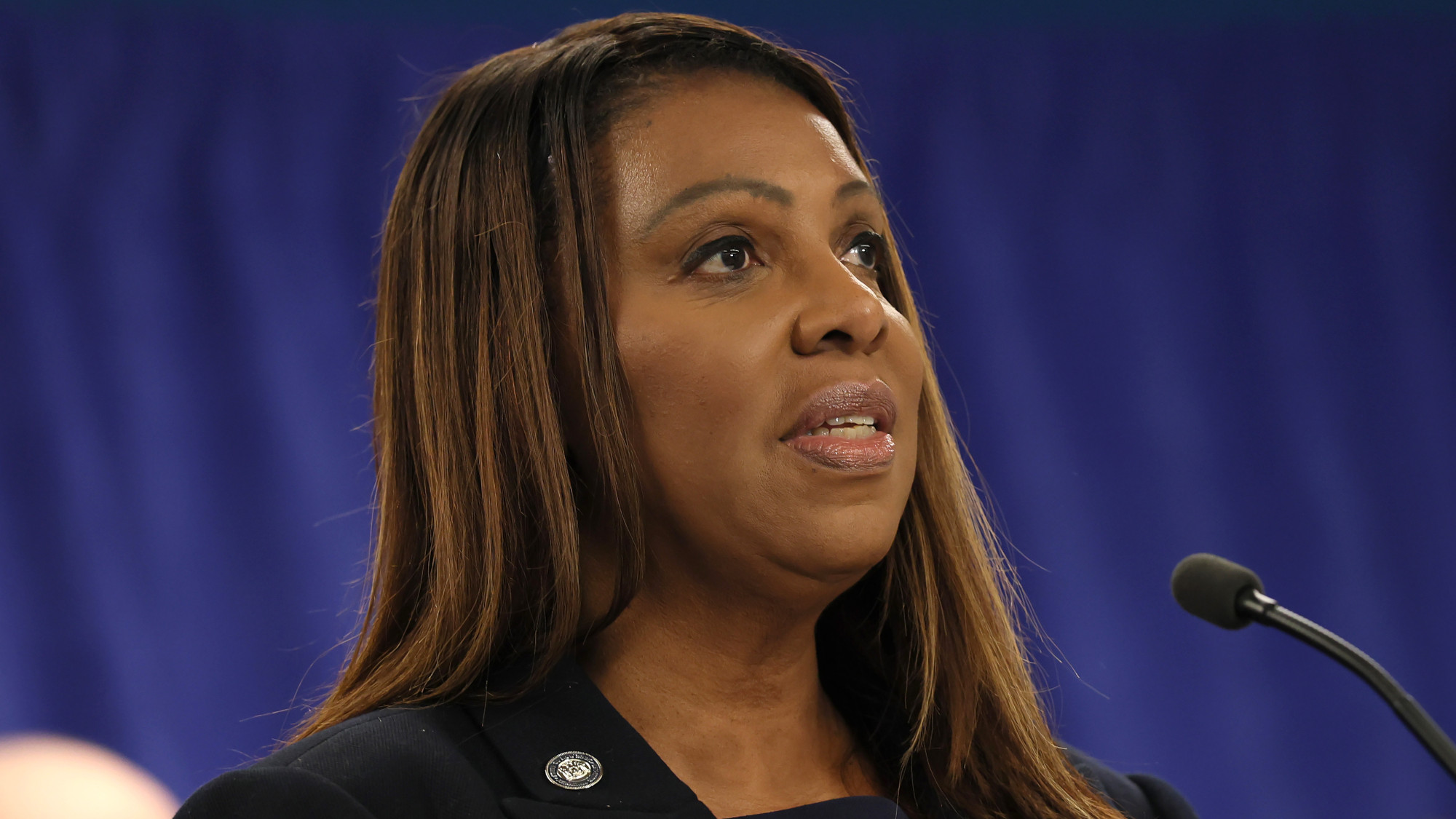The science of the adolescent brain
What's going on in there?


Adolescence is a time of massive change. As children become teenagers, they're subject to growth spurts, voice changes, new body hair, and annoying acne. But perhaps the biggest shifts of adolescence are the invisible ones happening inside the brain.
"The brain of an adolescent is no different in size or shape than that of an adult," says board-certified neurosurgeon Marc Arginteanu, M.D., F.A.C.S. "On a standard CAT scan or MRI, your brain and that of your teenager would be indistinguishable. But, in terms of development, your brain is worlds apart from theirs."
The teenage brain isn't fully developed, and different parts of the brain mature at different rates. For instance, the prefrontal cortex (PFC), which sits right behind the eyes and is responsible for executive function and rational reasoning, doesn't typically fully mature until age 24, while the amygdala, which is deep in the brain and processes and integrates emotions, emotional behaviors, and motivation, seems to reach full maturity much earlier.
The Week
Escape your echo chamber. Get the facts behind the news, plus analysis from multiple perspectives.

Sign up for The Week's Free Newsletters
From our morning news briefing to a weekly Good News Newsletter, get the best of The Week delivered directly to your inbox.
From our morning news briefing to a weekly Good News Newsletter, get the best of The Week delivered directly to your inbox.
Because the relationship between the PFC and the amygdala is off balance in adolescents, they lack the ability to put a cognitive control on emotional processes. This could help explain a common characteristic in teenagers: reckless decision making. In the adult brain, decision making is heavily influenced by the PFC, which helps rationalize. In adolescents, however, decision making is associated with an increase in activity in the striatum, a part of the brain considered to be a primary component of the reward system, and the insula, a part of the brain active during psychological conflicts.
"The PFC regulates executive control and our ability to essentially 'put the brakes' on behaviors and step back to reassess," explains Nicole Avena, Ph.D., assistant professor of neuroscience at Icahn School of Medicine at Mount Sinai, New York. "We have an innate tendency to act impulsively and go with our emotional reaction to situations, and the PFC lessens this and allows us to evaluate situations before acting and make better decisions." Since adolescents don't have a fully-developed PFC, it can mean that their mood swings and behaviors can be more aggressive, since they haven't fully gained the ability to control their urges and emotions.
The adolescent brain is also uniquely susceptible to mental illness, and Arginteanu says this could come down to something called myelination. Certain cells of the brain (also called neurons or grey matter) send their signals via axons (also called white matter). "Axons can leak signal unless they are insulated by a fatty substance called myelin," Arginteanu explains. "The axons of the brain do not become completely myelinated until the human brain fully matures at about 25 years of age." The very last part of the brain to be myelinated, he says, is the frontal lobe, which is responsible for executive functions like self-control. "Because the wiring is not mature, the teen brain is more easily rewired or disrupted."
Of course, mental illness is complex, and there are a variety of factors that contribute to its development. But Ed Bullmore, head of the Department of Psychiatry at Cambridge, recently co-authored a study suggesting that "active re-modelling of brain networks is ongoing during the teenage years and deeper understanding of brain development could lead to deeper understanding of the causes of mental illness in young people."
A free daily email with the biggest news stories of the day – and the best features from TheWeek.com
Remember, all adolescents have occasional emotional outbursts and don't always make the best judgment calls. But if extreme behavior and emotions are the norm, you might want to think about getting professional help.
There's not much parents can do about the inner workings of the teenage brain, but they can take steps to help the teenagers in their life slow down and be mindful about their thoughts and emotions. "Adolescents need everything younger children need, just more of it," says Danelle Fisher, M.D., F.A.A.P., pediatrician and vice chair of pediatrics at Providence Saint John's Health Center in Santa Monica, California. To be specific, they need more sleep, more water, more exercise, and a healthier diet. She adds: "They also need love, attention, rules and regulation."
Want more essential commentary and analysis like this delivered straight to your inbox? Sign up for The Week's "Today's best articles" newsletter here.
Claire Gillespie is a freelance writer with bylines on Health, SELF, Refinery29, Glamour, The Washington Post, and many more. She likes to write about parenting, health, and culture. She lives in Scotland with her husband and six kids, where she uses every (rare) spare moment to work on her novel.
-
 Spaniards seeing red over bullfighting
Spaniards seeing red over bullfightingUnder the Radar Shock resignation of top matador is latest blow in culture war over tradition that increasingly divides Spain
-
 Bailouts: Why Trump is rescuing Argentina
Bailouts: Why Trump is rescuing ArgentinaFeature The White House approved a $20 billion currency swap with Argentina
-
 James indictment: Trump’s retribution
James indictment: Trump’s retributionFeature Trump pursues charges against Letitia James in revenge for her civil fraud lawsuit
